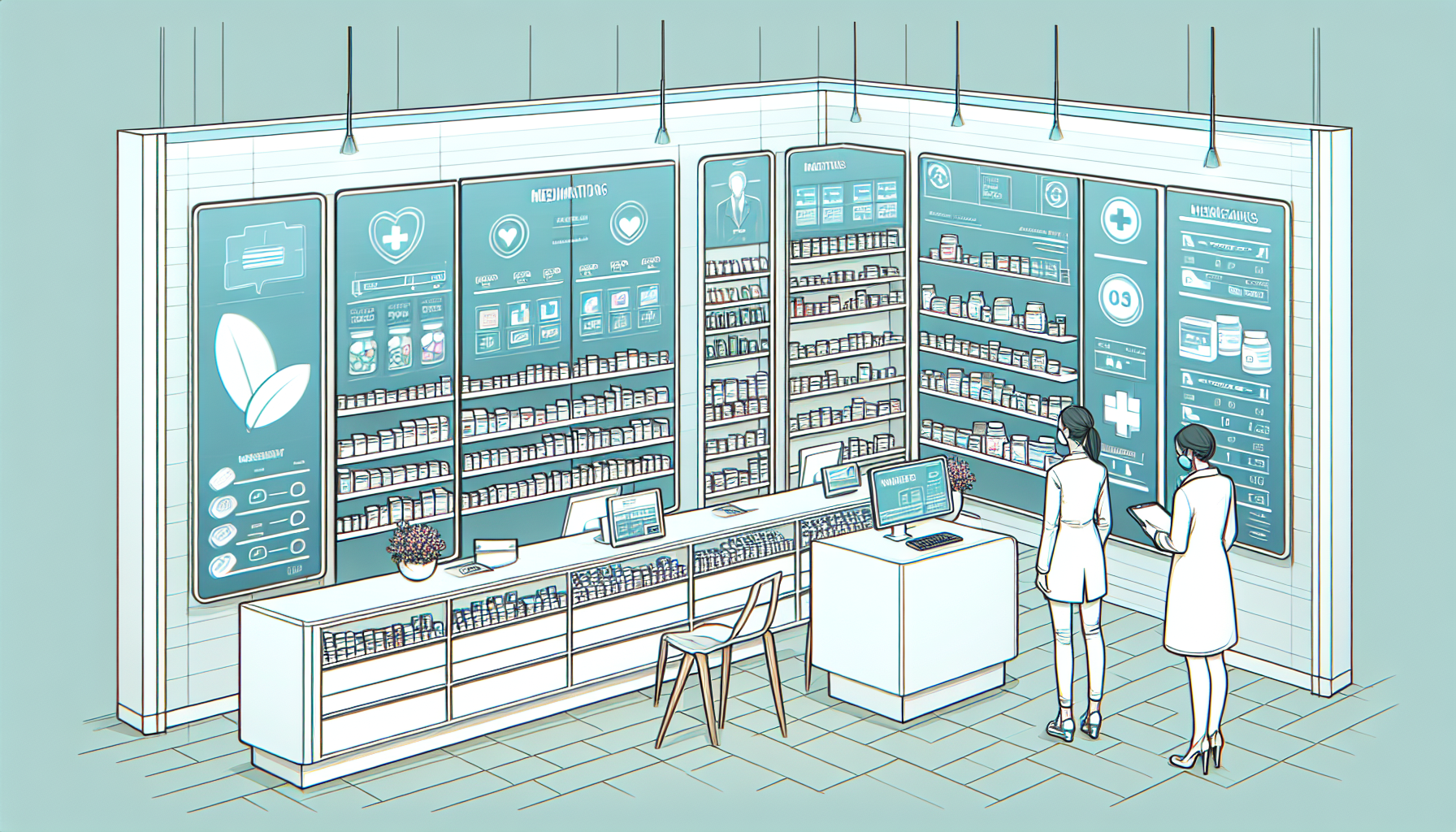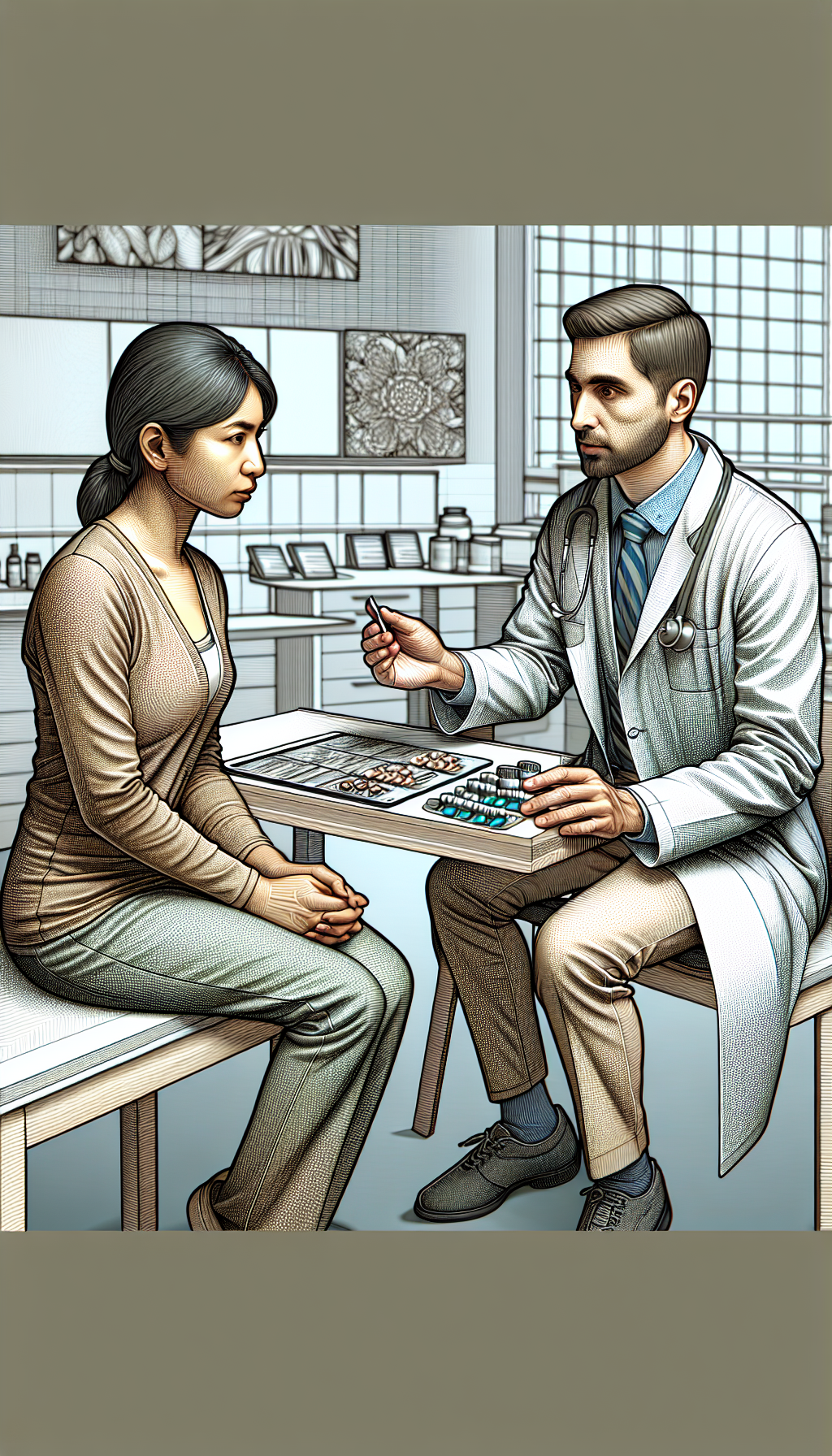The pharmaceutical industry is undergoing significant changes, driven by advances in technology, evolving patient needs, and regulatory updates. These changes are reshaping how medications and supplements are developed, approved, and monitored, impacting everything from drug efficacy and safety to market access and price. This comprehensive exploration will delve into the current trends in pharmaceutical regulations, their implications for healthcare, and the role of patient education in navigating this complex landscape.
Emerging Trends in Pharmaceutical Regulations
Regulatory bodies worldwide are implementing stricter guidelines for drug approval and post-market surveillance to ensure patient safety and medication effectiveness. This shift includes a greater emphasis on real-world evidence, personalized medicine, and the integration of digital health tools.
One of the most significant developments is the increasing use of real-world data (RWD) and real-world evidence (RWE) in regulatory decision-making. RWD refers to health-related information that is collected outside traditional clinical trials, such as electronic health records, claims and billing data, and patient-generated data from wearable devices. The use of RWE is transforming how we assess the safety and efficacy of medications in a broader patient population, leading to more informed regulatory decisions.
Personalized medicine is another area of focus, as it promises to tailor treatments based on individual patient characteristics, such as genetics and lifestyle. The rise of pharmacogenomics, which examines how genes affect a person’s response to drugs, is a testament to this trend. For further insights on how pharmacogenomics is influencing medication prescriptions, you may find this article particularly enlightening.
Digital health technologies, including mobile health apps, telemedicine, and AI-powered diagnostic tools, are also becoming integral to the pharmaceutical landscape. These tools offer new avenues for patient monitoring and data collection, which can aid in drug development and post-marketing surveillance.
The Impact of Regulations on Drug Accessibility and Affordability
Regulations not only affect the safety and efficacy of pharmaceuticals but also their availability and cost. Patent laws, for instance, can significantly influence drug prices by granting companies exclusive rights to market their inventions for a set period. This exclusivity can prevent cheaper generic alternatives from entering the market. To understand more about the relationship between patents and drug pricing, consider reading about the impact of patents on pharmaceutical prices.
Furthermore, the complex web of international regulations can create barriers to drug accessibility, as companies must navigate different sets of rules to enter global markets. This can delay the availability of new treatments in certain regions and contribute to disparities in healthcare access.
The Role of Patient Education in Medication Management
As the pharmaceutical landscape evolves, the importance of patient education becomes increasingly apparent. Well-informed patients are better equipped to manage their medications, understand potential side effects, and adhere to treatment regimens. This is vital for ensuring therapeutic success and minimizing the risk of adverse drug reactions.
For instance, understanding the pharmacodynamics of common medications can empower patients to make informed decisions about their health. This article offers a comprehensive overview that could benefit those looking to deepen their knowledge.
Advances in Supplement Regulation and Quality Control
The regulatory environment for dietary supplements is also undergoing changes, with heightened scrutiny on quality control and manufacturing practices. The importance of ensuring the safety and potency of supplements cannot be overstated, as consumers often integrate these products into their health regimens alongside prescribed medications.
Quality control in supplement manufacturing is crucial for consumer protection. For an in-depth discussion on this topic, you’re encouraged to read about the importance of quality control in supplement manufacturing.
Navigating the Regulatory Environment: A Guide for Healthcare Professionals
Healthcare professionals play a pivotal role in navigating the changing pharmaceutical regulations. Continuing education is essential for staying abreast of the latest guidelines and integrating them into clinical practice. Professionals must also be adept at communicating these changes to patients, ensuring that they understand how regulatory developments may affect their treatment.
Innovative Regulatory Approaches and Global Harmonization
Innovative regulatory approaches, such as adaptive licensing and conditional approvals, are being explored to accelerate the availability of breakthrough therapies. These models allow for a more dynamic and responsive regulatory process, adapting as new information becomes available.
Global harmonization of pharmaceutical regulations is another goal being pursued by many regulatory agencies. This effort aims to streamline drug approvals and ensure consistent safety standards across countries, which could enhance global access to medications.
External Resources for Further Exploration
To further understand the nuances of pharmaceutical regulations and their impact, here are some niche, specific resources:
- The Regulatory Affairs Professionals Society (RAPS) offers in-depth resources on global regulatory processes and updates.
- The International Society for Pharmacoeconomics and Outcomes Research (ISPOR) provides valuable insights into the cost-effectiveness and value of medical products.
- The Personalized Medicine Coalition (PMC) advocates for the advancement of personalized medicine and offers resources on regulatory policies that affect this field.
Conclusion
The landscape of pharmaceutical regulations is complex and ever-changing, with significant implications for drug development, patient safety, and healthcare delivery. Staying informed about these changes is crucial for healthcare providers, patients, and industry stakeholders. By embracing the advancements in technology and regulatory science, we can work towards a future where medications are safer, more effective, and accessible to all who need them.



